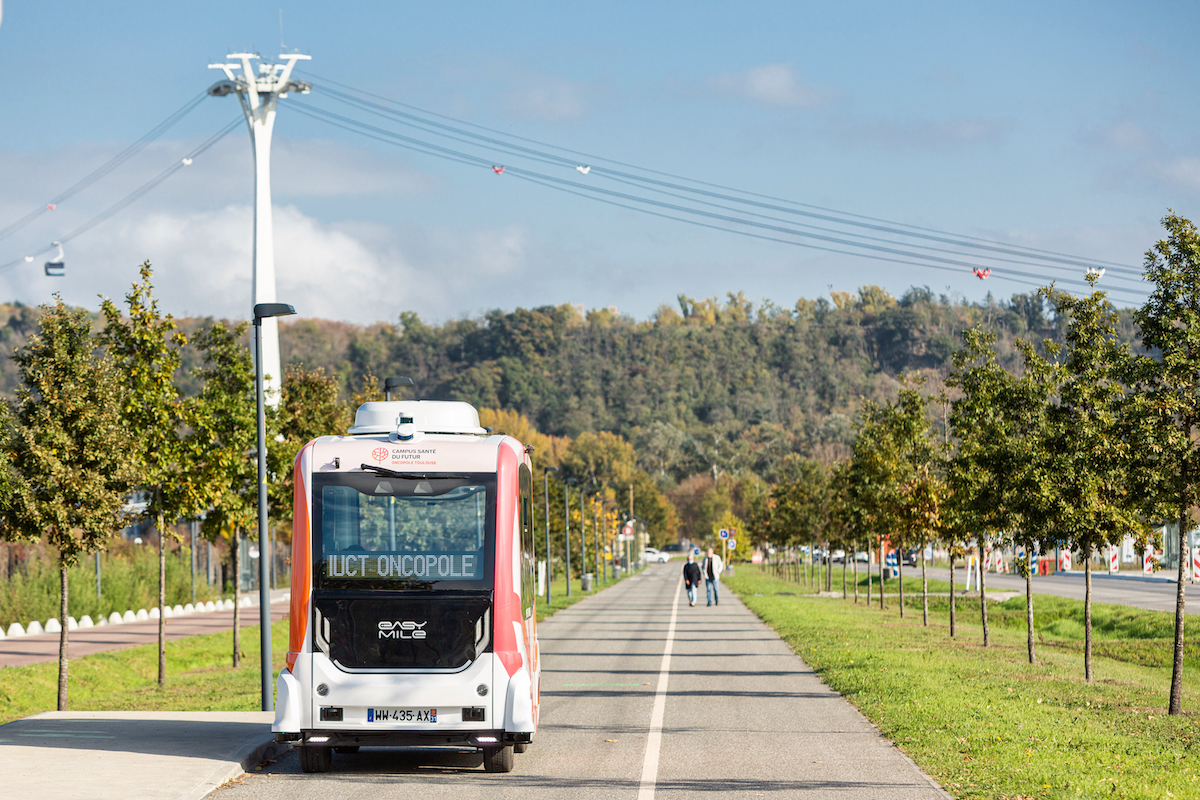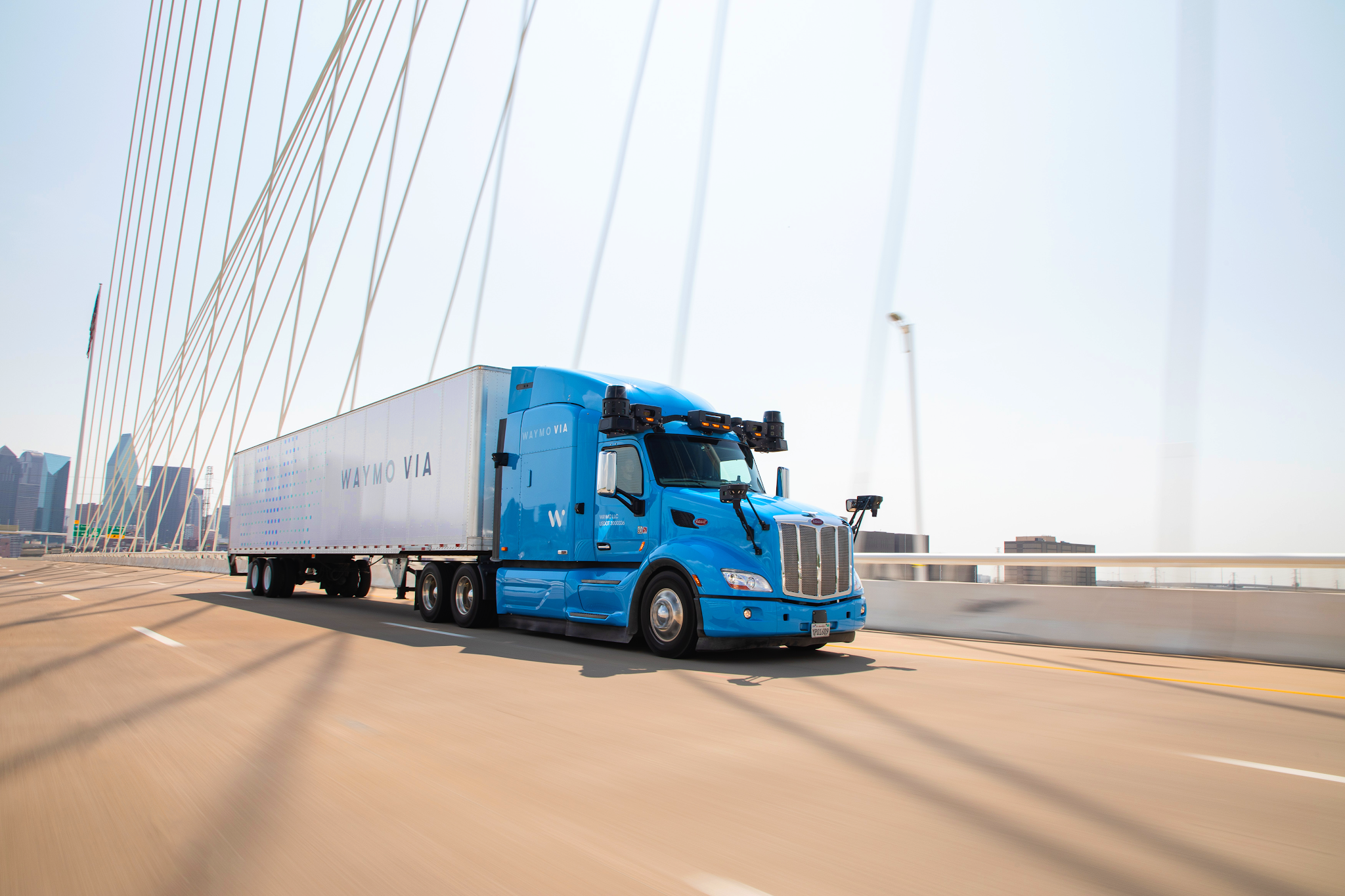The World Forum for Harmonization of Vehicle Regulations (WP.29) has adopted an amendment to a United Nations Regulation on Automated Lane Keeping Systems (ALKS) that lays down the technical requirements for their use in heavy vehicles including trucks, buses and coaches.
This step marks the first binding international regulation for the introduction of so-called “level 3” vehicle automation in heavy vehicles on the roads.
UN Regulation No. 157, adopted by the World Forum in June 2020 and in force since January 2021 already applies to passenger cars and vans. Thanks to the extension of the regulation’s scope by an amendment adopted this week in Geneva, the same stringent safety requirements will apply to all vehicle categories. In its current form, the regulation allows the use of ALKS for speeds below 60 km/h on motorways – a use case initially applicable to assist in traffic jams or other slow-moving traffic situations.

Once activated, ALKS are in primary control of the vehicle. However, the driver must be in a position to respond to a takeover request from the system.
The drafting of the Regulation was guided by UNECE’s framework on automated/autonomous vehicles, which places safety at the core of the UN’s regulatory work in this strategic area for the future of mobility.
Leading heavy-duty truck manufacturers Mercedes-Benz, Scania and Volvo actively contributed to the technical development for the amendment.
The amendment is expected to enter into force in June 2022 in the 54 Contracting Parties to the 1958 Agreement, which already apply UN Regulation 157.
The amendment requires a driver availability recognition system for heavy vehicles, which control both the driver’s presence (on the driver’s seat, with seat belt fastened) and the driver’s availability to take back control of the vehicle. It also sets requirements for the use of a “black box” in the form of a Data Storage System for Automated Driving (DSSAD) and the retrievability of data in the event of a crash). The regulation also sets strict requirements for Cybersecurity and software updates in compliance with separate UN regulations already in force.
The amendment also introduces some specific provisions for heavy vehicles, including the need for sensors covering the full combined length of the vehicle (the tractor and its trailer), and requirements taking into consideration the dynamics of heavy vehicles, such as their reduced braking capability compared to cars and vans.
ALKS can be activated under certain conditions on roads where pedestrians and cyclists are prohibited and which, by design, are equipped with a physical separation that divides the traffic moving in opposite directions.
The Regulation requires that on-board displays used by the driver for activities other than driving when the ALKS is activated shall be automatically suspended as soon as the system issues a transition demand. The Regulation also lays down requirements on how the driving task shall be safely handed back from the ALKS to the driver, including the capability for the vehicle to come to a stop in case the driver does not reply appropriately.
WP.29’s Working Group on automated, autonomous and connected vehicles (GRVA) is preparing global provisions covering “level 4” of automation, that should be discussed in the course of 2022.
This article was originally published by the United Nations Economic Commission for Europe.












